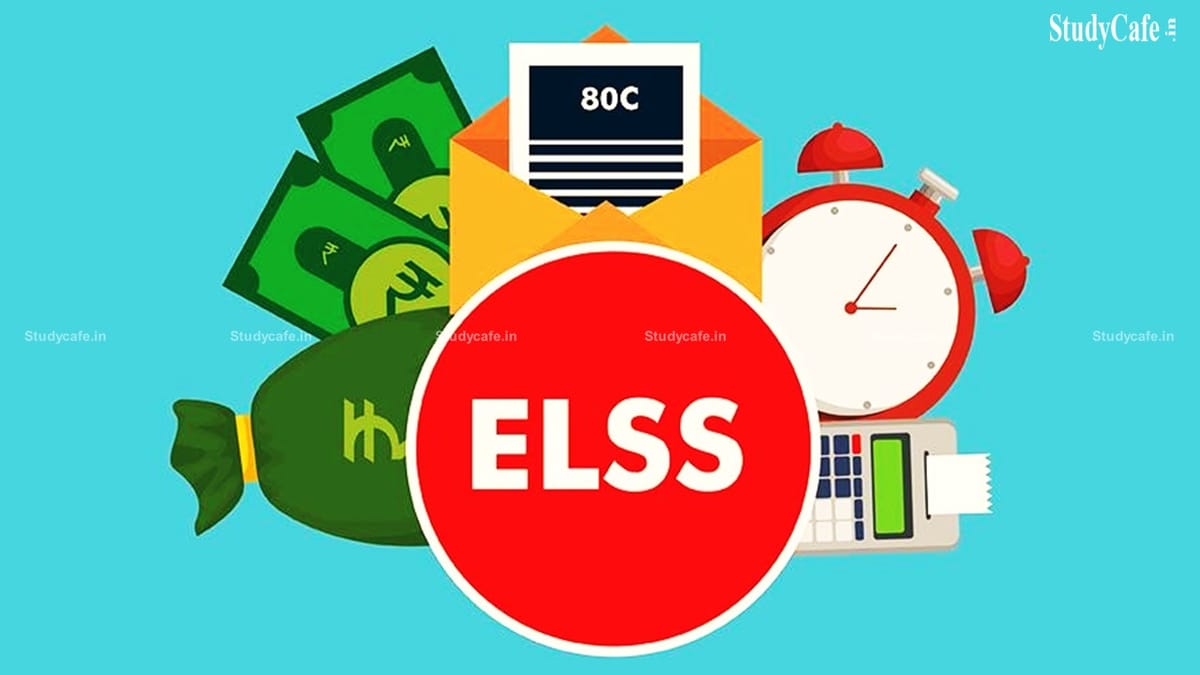Everything You Need to Know About ELSS Mutual Funds
Deepshikha | Feb 23, 2022 |

Everything You Need to Know About ELSS Mutual Funds
The Equity Linked Savings Scheme (ELSS) is a type of mutual fund that invests in stocks and other equity-related securities. The ELSS plan has a three-year lock-in period and offers a tax benefit of up to 1.5 lakhs per year under section 80C of the Income Tax Act.
ELSS investments can be made as lump-sum payments or as a systematic investment plan (SIP). If payments are made by SIP, each SIP is subject to a three-year lock-in period.
The worth of an asset’s net assets The fund’s NAV stands for net asset value. It is significant because it shows the value of each fund share. Mutual funds, like stocks, have a net asset value (NAV) that represents their value.
When it comes to tax-saving investments, equity-linked savings schemes have the shortest lock-in period. After a three-year lock-in period, the investments can be adjusted. When compared to traditional tax-saving fixed deposits, public provident funds, national pension schemes, and other options, ELSS funds can provide a greater return.
Section 80C of the Act provides a tax benefit of 1.5 lakh for investments in ELSS funds. It allows you to save money on taxes and get higher returns. It aids you in calculating your taxable income by allowing you to claim tax deductions.
ELSS investments can be made as a flat sum or as a series of instalments. When you invest in SIPs, you get the benefit of rupee cost averaging and avoid the hassle of investing a lump sum amount all at once.
As a result, investing in SIP mode is not taxing on the wallet.
ELSS are managed by professionals who are familiar with market conditions and understand the market’s ups and downs. These fund managers are in charge of the money that people invest in ELSS.
SIP or lumpsum investments in ELSS are available to any individual or HUF. If you have a long-term investing horizon, preferably more than three years, ELSS is a superior option.
ELSS is primarily comprised of equity instruments, which can provide extraordinary returns but also necessitate a thorough understanding of equities asset class risk on the part of the investor.
Furthermore, by investing in ELSS funds, one can claim up to 1.5 lakhs in tax benefits under section 80 C of the income tax act.
The fund’s gains are not paid out as dividends if you choose the growth option. They are instead reinvested in the scheme. At the moment of redemption, the earnings are dispersed to the investors. This is also influenced by the fund’s NAV as if profits rise, so will the NAV, and vice versa.
The earnings earned in the schemes are not re-invested but rather dispersed as dividends to participants on a half-yearly, quarterly, or annual basis, as the name implies. The date for declaring and paying dividends is not set. It only happens when the scheme is profitable.
It can be difficult to choose the best mutual funds to invest in. The parameters listed below can be used to evaluate the funds.
Fund houses that have consistently performed over a long time frame, say over 5 years, should be regarded for investing purposes. When a fund beats its benchmark, it is said to have generated superior results. Before deciding on top mutual funds, keep in mind that the fund’s performance is determined by the quality and performance of the stocks in its portfolio.
Simply comparing the fund’s return to the benchmark is insufficient. It’s also necessary to evaluate the fund’s performance to that of its competitors. After carefully examining the returns over a longer period, the investments should be made.
Professionals manage equity-linked savings programmes, using their own time and resources to deliver a greater return on your investment. Their market knowledge and in-depth understanding of the industry aids them in determining which stocks should be included in the fund.
The expense ratio reveals how much money is spent on fund management. Your take-home returns will be larger if the fund has a smaller expense ratio and vice versa.
The term “portfolio turnover” simply refers to how quickly the fund manager buys and sells stocks in the funds.
Because the fund manager is ultimately in charge of the funds, he has the authority to decide whether to enter or depart the market. He is neither entering nor exiting the markets, as evidenced by his low portfolio turnover.
A high turnover, on the other hand, implies that the portfolio has been moved too frequently.
In case of any Doubt regarding Membership you can mail us at contact@studycafe.in
Join Studycafe's WhatsApp Group or Telegram Channel for Latest Updates on Government Job, Sarkari Naukri, Private Jobs, Income Tax, GST, Companies Act, Judgements and CA, CS, ICWA, and MUCH MORE!"